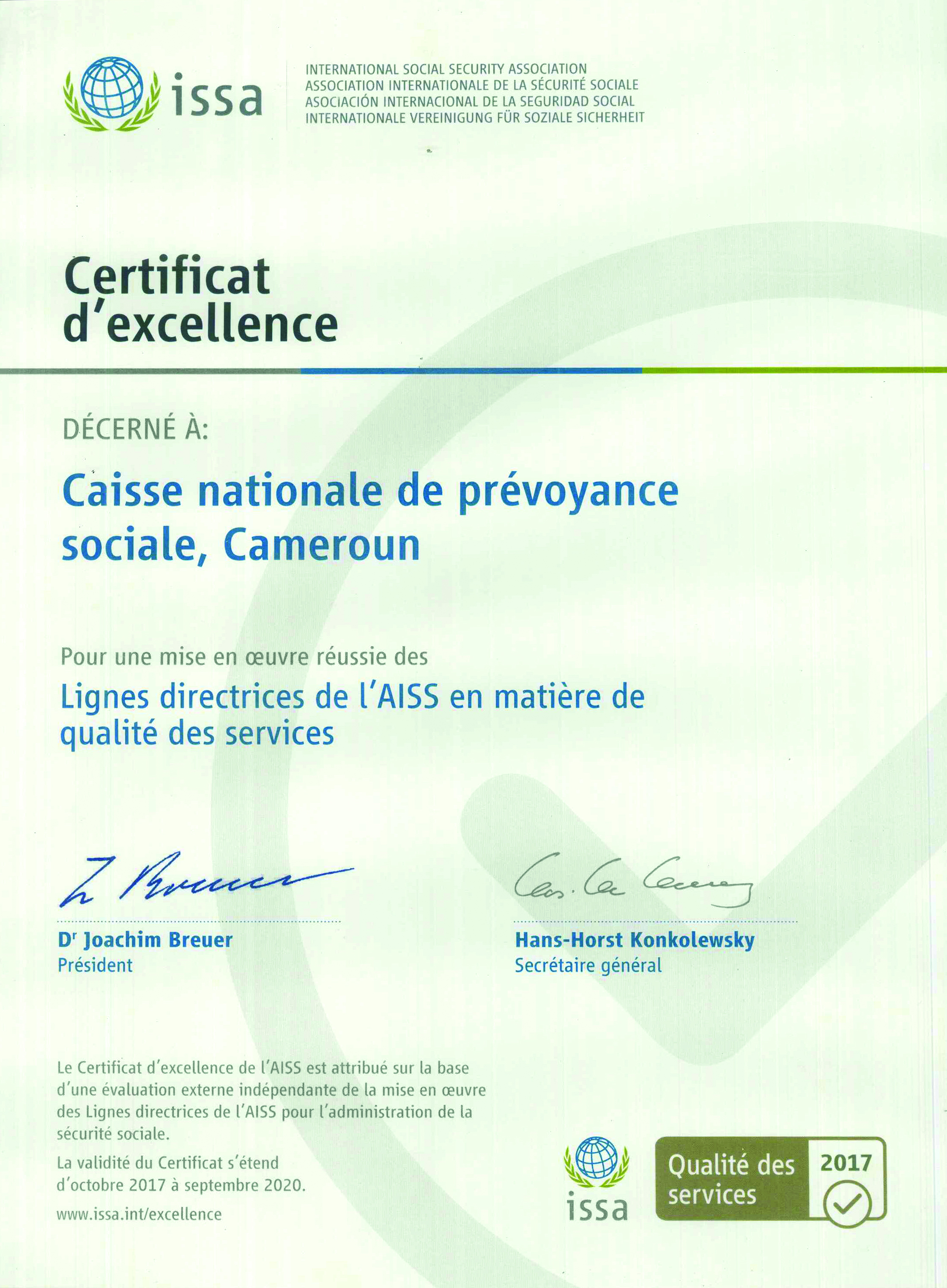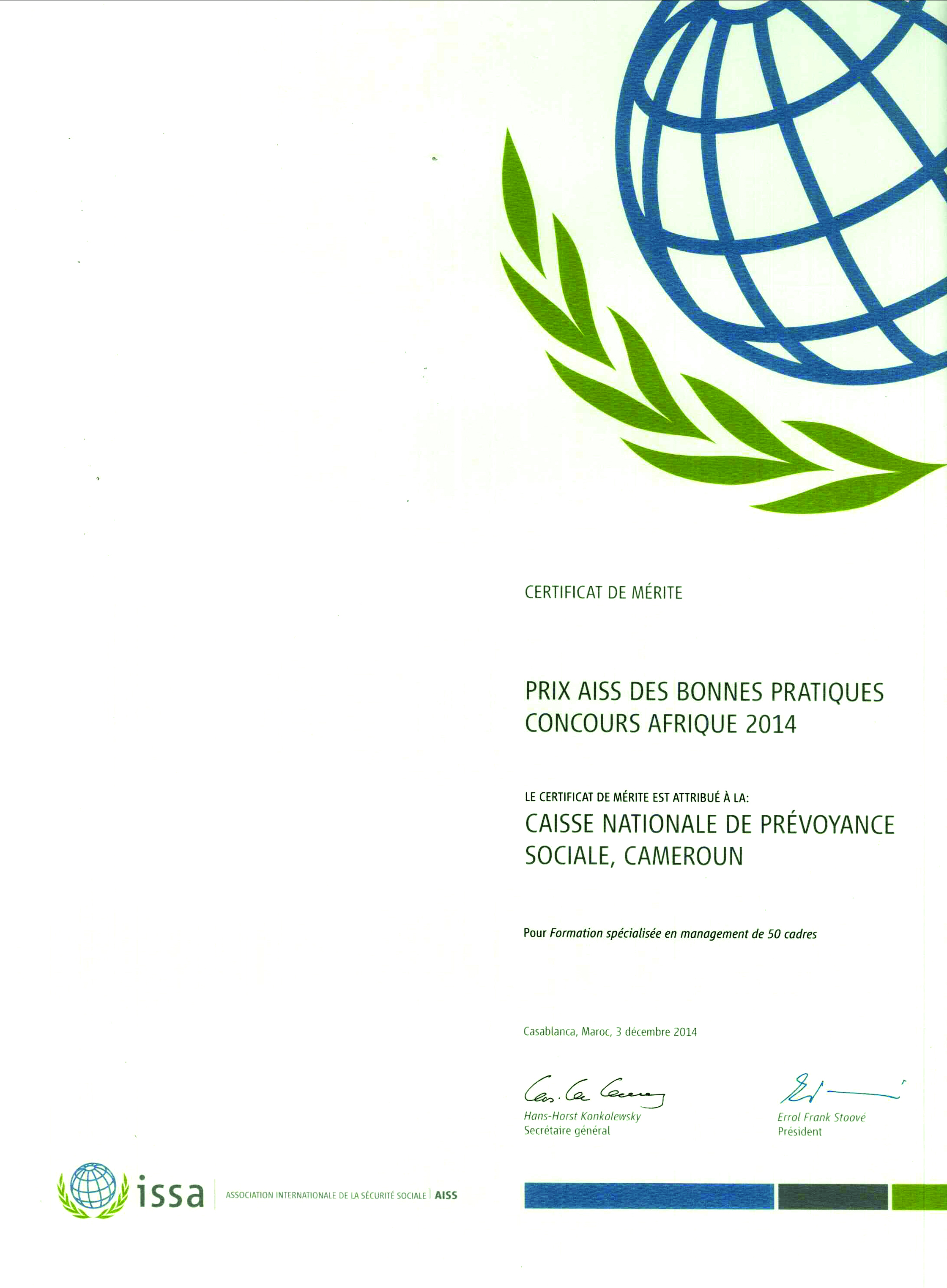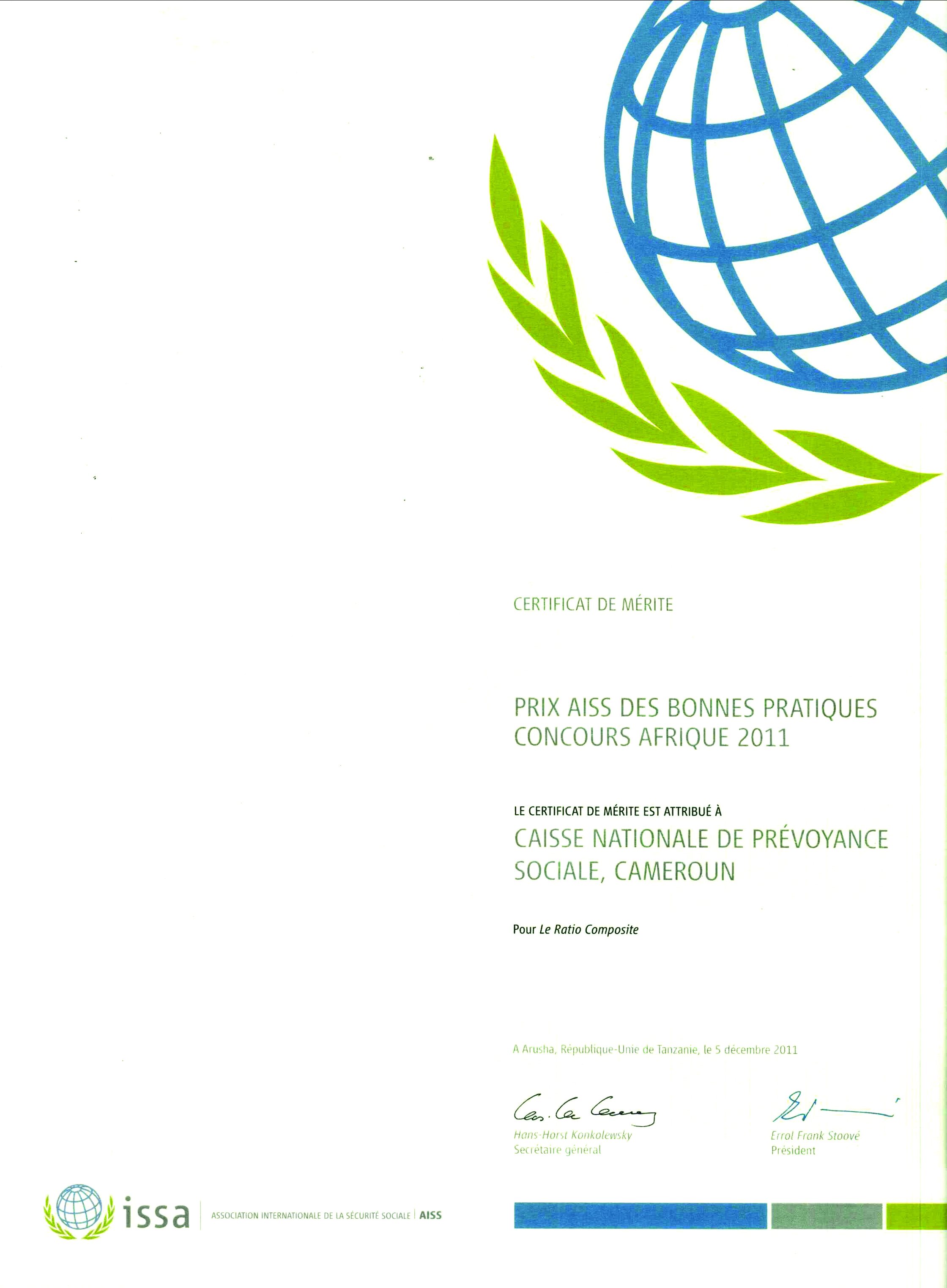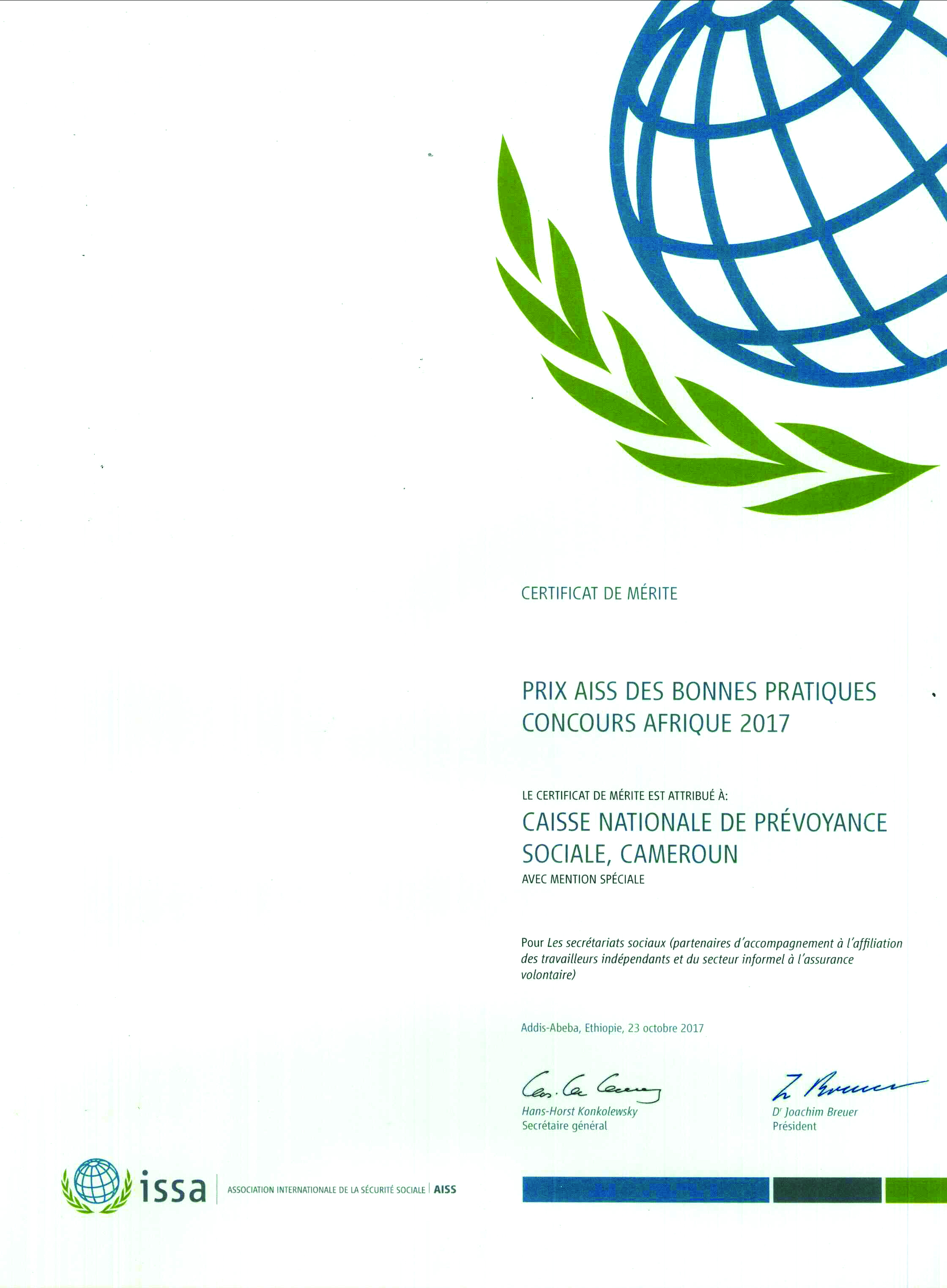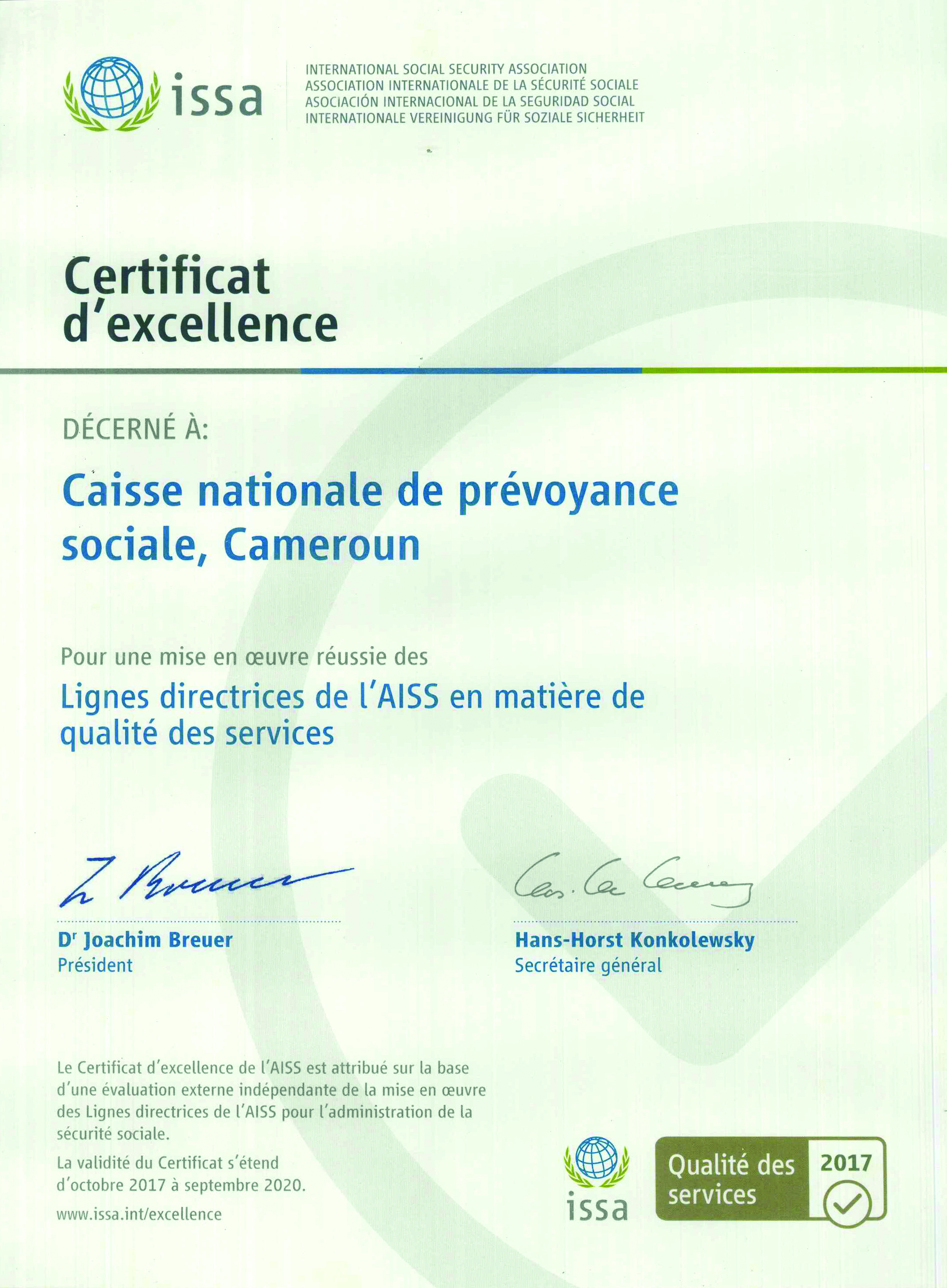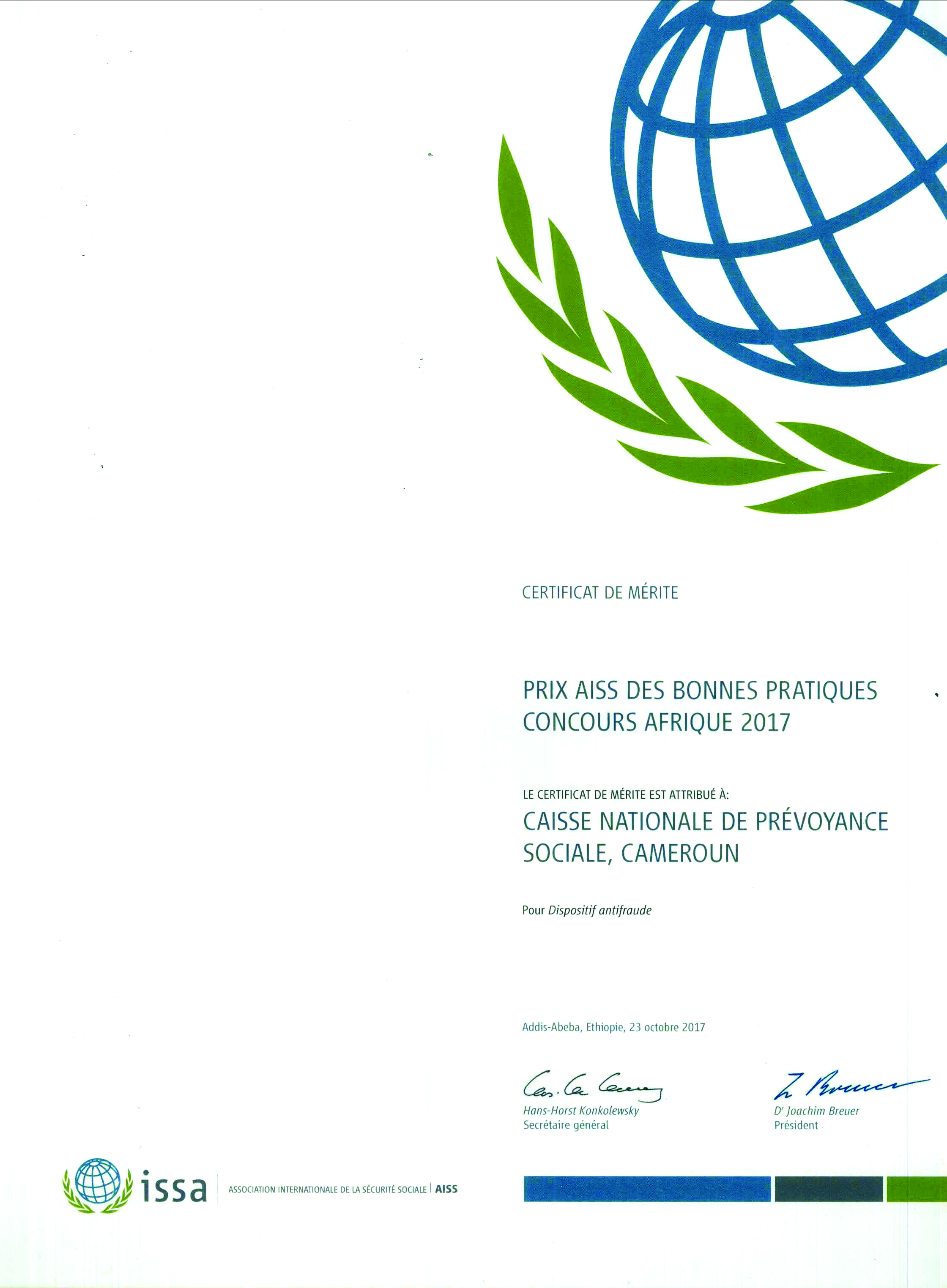The 06th of December 1945
Social protection before independence.
The Cameroonian social system has been defined by the Decree of the 06th of December 1945 implemented by France, creating Family Benefits Compensation Fund with its Head Office in Douala. At that time, social legislation was advantageous only for French workers and assimilated meanwhile indigenous workers were not considered as insured persons. Then, their action and the one of international organisations brought out some improvement.
History of the NSIF
The 11th of April 1959
On the eve of independence, law No.59/25 of 11 April 1959 repealed the 1956 decree and reorganised the Fund. Family benefits include:
- Family allowances paid for dependent minor children;
- Prenatal allowances paid during pregnancy;
- Single wage or household allowance (wage supplement for a worker whose spouse is not in paid employment);
- Benefits in kind.
The 1952 Labour Code also provided for the extension of occupational risk cover (disease and accident) to all workers. The decree of 24 February 1957 organises the system. It was based on the idea of employer liability for occupational diseases and accidents. However, benefits are provided by an insurer to which employers pay contributions. Finally, if the idea of liability is retained, it is diluted because contributions are due regardless of whether any damage has actually occurred. The system works with several insurers, which are private insurance companies. However, contributions and benefits are set by the authorities. The former varies according to the risk incurred, the latter according to the seriousness of the injury.
The 1952 Labour Code extended old-age cover to Cameroonians. The system adopted is in line with the French system set out in the 1945 Ordinance. It is a pay-as-you-go system, with working people paying contributions to cover the cost of benefits for retired people.
History of the NSIF
The 12th of June 1967
Social protection after independence
With independence and reunification, Cameroon, Member of the International Labour Organisation (ILO) since 1960, adapted its legislation to international standards. This legal framework for social protection was adjusted through:
- Law No.67/LF/07 of 12 June 1967 establishing a Family Benefits Code (prenatal allowances, family allowances, maternity allowances, daily maternity leave allowances);
- Law No. 67/LF/08 of 12 June 1967, creating the National Social Insurance Fund as an autonomous institution in charge of managing the family benefits scheme;
- Law No. 69/LF/18 of 10 November 1969 establishing an insurance scheme for old-age, disability and death pensions. This scheme is financed by social contributions collected from both employers and workers;
- Ordinance No.73/17 of 22 May 1973 on the organisation of social insurance, entrusting the NSIF, within the framework of the Government's general policy, with the provision of the benefits provided for by social protection legislation;
- Law No. 77/11 of 13 July 1977 on the compensation and prevention of industrial accidents and occupational diseases, which entrust the National Social Insurance Fund with…

